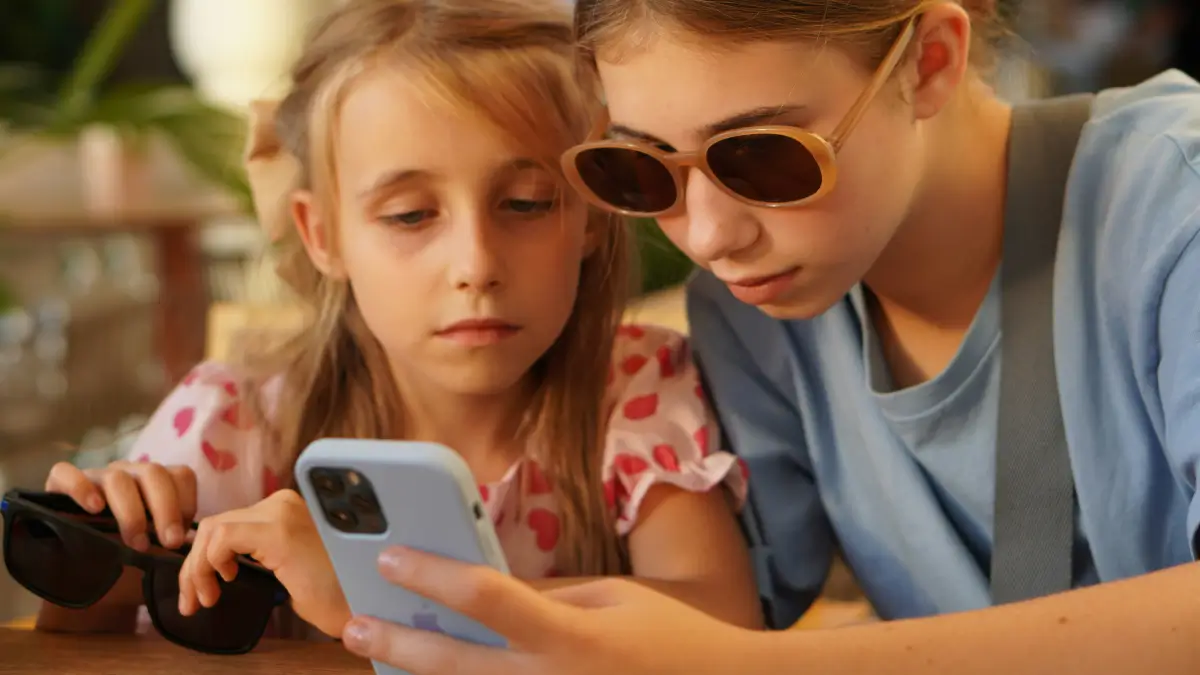In an era where screens are as essential as schoolbooks, keeping children’s online worlds balanced and secure has never been more crucial. Apple is stepping up its game with a suite of intuitive enhancements designed to give parents greater command over their kids’ digital experiences. Rolled out with the latest software updates, these parental controls for kids integrate seamlessly across the Apple ecosystem—from iPhones and iPads to Macs, Apple Watches, Vision Pros, and even Apple TVs. Building on the robust foundation of Screen Time and App Store safeguards, these features aim to foster enriching, age-suited interactions right from device setup.
Key Enhancements in Apple’s Parental Controls for Kids: A Deeper Dive
The beauty of these updates lies in their thoughtful layering of protections, tailored to different age groups while maintaining Apple’s hallmark privacy standards. Here’s a breakdown of the standout additions:
- Privacy-Preserving Age Range Sharing: Parents can now opt to share a broad age bracket (like “under 13” or “13-17”) with third-party apps, without revealing exact birthdates. This helps apps deliver suitable content automatically, all processed on-device to safeguard personal data.
- Boosted Default Safeguards for Teens (13-17): For older kids navigating more independence, built-in restrictions activate by default—limiting access to mature content in Messages, FaceTime, and AirDrop. This includes warnings for sensitive media shares, promoting mindful communication from the get-go.
- Refined App Store Age Ratings and Labels: The store now features more precise tiers: 4+, 9+, 13+, 16+, and 18+. Beyond ratings, apps include clear tags for potential triggers like targeted ads, user-created content, or built-in parental gates—empowering informed downloads at a glance.
- Smarter Communication Limits: Parents gain remote approval powers for new contacts in Apple’s native apps. If a child tries adding someone unfamiliar, the request pings the parent’s device for a quick yes/no, adding a vital check against unsolicited interactions.
These tweaks aren’t just reactive; they’re forward-thinking, drawing from user feedback and child safety research to close common gaps. For instance, the on-device processing ensures no sensitive info leaves the device, aligning with Apple’s privacy-by-design ethos. As one family tech expert notes, “These parental controls for kids turn potential pitfalls into teachable moments, blending restriction with guidance.”
Seamless Rollout: How These Parental Controls for Kids Integrate Ecosystem-Wide
Apple’s magic is in the uniformity— these tools aren’t siloed to one gadget but weave through every corner of the lineup. Setup kicks off during initial device configuration, where parents can link a Child Account (mandatory for under-13s and optional up to 18) to apply defaults instantly. No more mid-setup scrambles; safety nets deploy automatically if fine-tuning waits.
For cross-device harmony, Family Sharing ties it all together. Parents manage from their hub device, with real-time alerts for passcode attempts or contact requests pushing via iMessage. This interconnectedness means a rule set on your iPhone ripples to the family’s iPad, creating a cohesive safety bubble. To get started, head over to Apple’s Family Sharing guide for step-by-step setup tips.
Broader Impact: Balancing Freedom and Protection in the Digital Age
These parental controls for kids go beyond tech—they’re about nurturing healthy habits in a hyper-connected world. By expanding adolescent ratings and labeling app nuances (e.g., flagging in-app purchases or social features), Apple helps demystify the App Store, reducing impulse downloads of mismatched content. Communication updates, in particular, address rising concerns around online strangers, with remote approvals acting as a gentle firewall.
Privacy remains non-negotiable: Age data sharing uses differential privacy techniques, anonymizing inputs to prevent profiling. For teens, defaults encourage autonomy—warnings instead of outright blocks for iffy content, teaching discernment. This nuanced strategy echoes Apple’s earlier Communication Safety features, which now extend to blurring nudity in FaceTime or shared Photos albums.
Challenges? Rollout varies by region due to local laws (e.g., minimum account ages differ globally), and not all features hit every model. Still, for most users on compatible hardware, it’s a free upgrade that packs real value. Brands and developers benefit too, with clearer rating guidelines streamlining compliance.
Also Read: Touchscreen MacBooks 2026 – Apple’s Bold Move Toward Interactive OLED Laptops
FAQs
What new privacy features are included in Apple’s parental controls for kids?
Apple’s parental controls for kids now allow sharing age ranges with apps in a secure, on-device manner, ensuring personalized content without exposing exact personal details.
How do the expanded App Store ratings work in parental controls for kids?
Ratings now include 13+, 16+, and 18+ for teens, plus labels for elements like ads or user content, helping parents quickly assess app suitability under parental controls for kids.
Can parents approve contacts remotely with these parental controls for kids?
Yes, updates to Communication Limits let parents remotely vet new contacts in Apple apps, enhancing safety without constant monitoring in parental controls for kids.
Which devices support Apple’s latest parental controls for kids?
These features roll out across iPhone, iPad, Mac, Apple Watch, Vision Pro, and Apple TV via free updates, though availability varies by region and model.
Are there default protections for teens in parental controls for kids?
Teens aged 13-17 get automatic safeguards like content warnings in Messages and AirDrop, customizable within Apple’s parental controls for kids framework.

